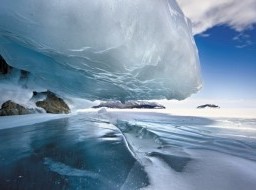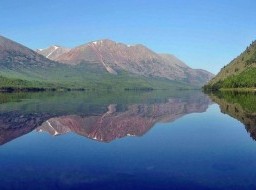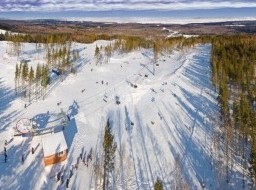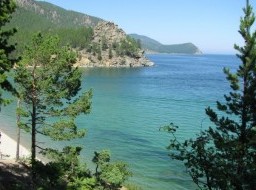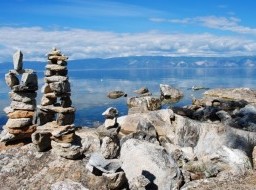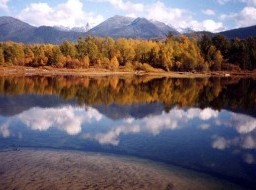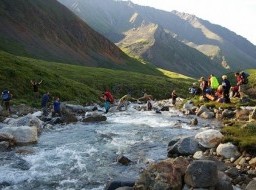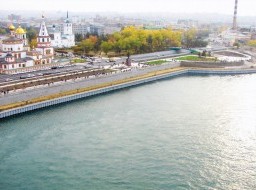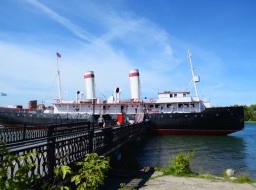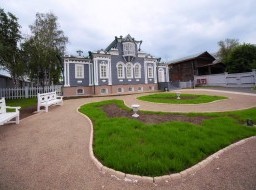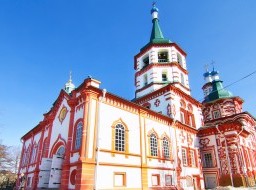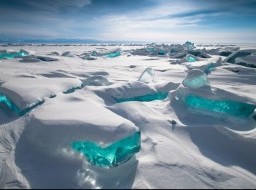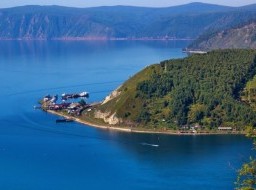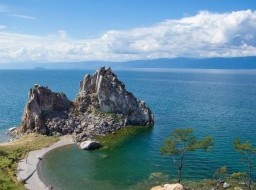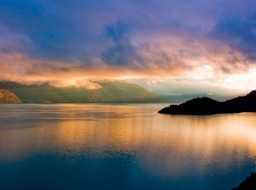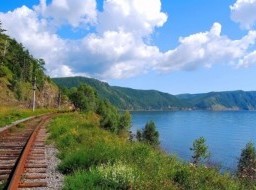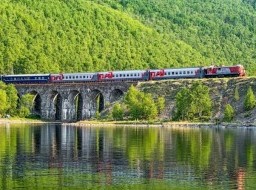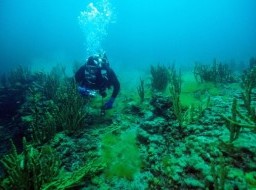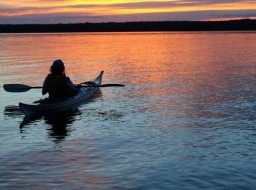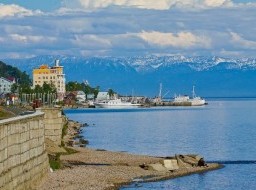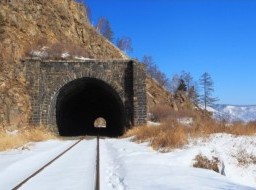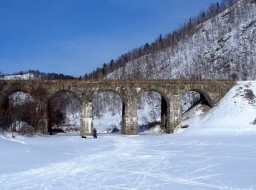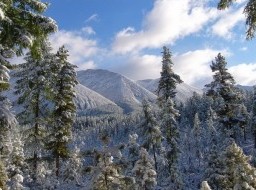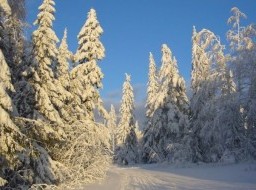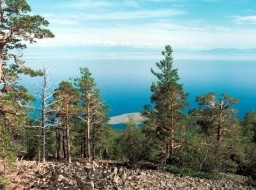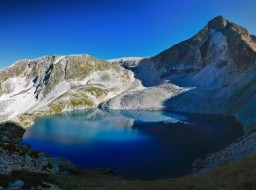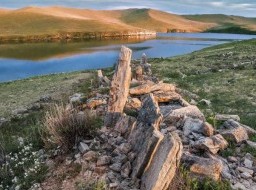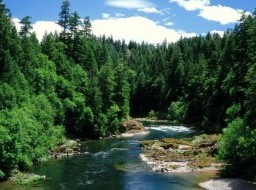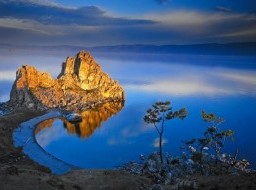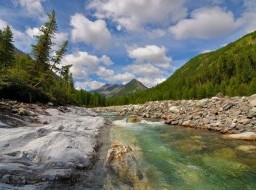Lake Baikal in Winter
Lake Baikal is not only one of the oldest, deepest and largest lakes in the world, it is undoubtedly Siberia’s most breathtaking natural landmark. Winter is probably the best time of year to go and discover the spirit of Lake Baikal. This is especially true in February and March, when the lake's surface is frozen solid and the temperatures are subzero. At the same time the air is dry and the skies are surprisingly sunny. Probably the best part about coming here in winter is that unlike in summer, you can enjoy the quiet without being overwhelmed by crowds of tourists. Deep blue, inky and interspersed with innumerable air bubbles whose color is sparkling blue or blindingly white: Such is the ice of Baikal. Whatever its color, it is always extraordinarily pure and transparent like a freshly polished window. From late January to the end of April the legendary lake is solidly frozen and is the main natural sight of the Irktusk Region. The ice of Lake Baikal is unique. Despite its depth, it is so transparent that you may feel apprehensive walking on the lake. You can see to a depth of 10 metres and more through the ice. These glacial formations come in all shapes and sizes with a name for each one. You will see pack ice that is several metres thick and ice piles, caves and cracks that look like frozen silk ribbons near the shore. When the sun shines, the lake puts on a show with dazzling examples of turquoise ice. |
|
